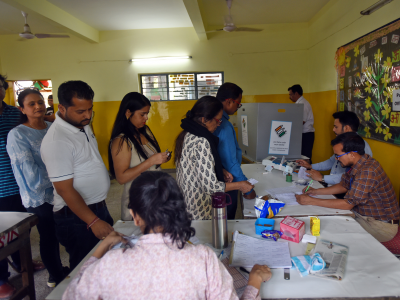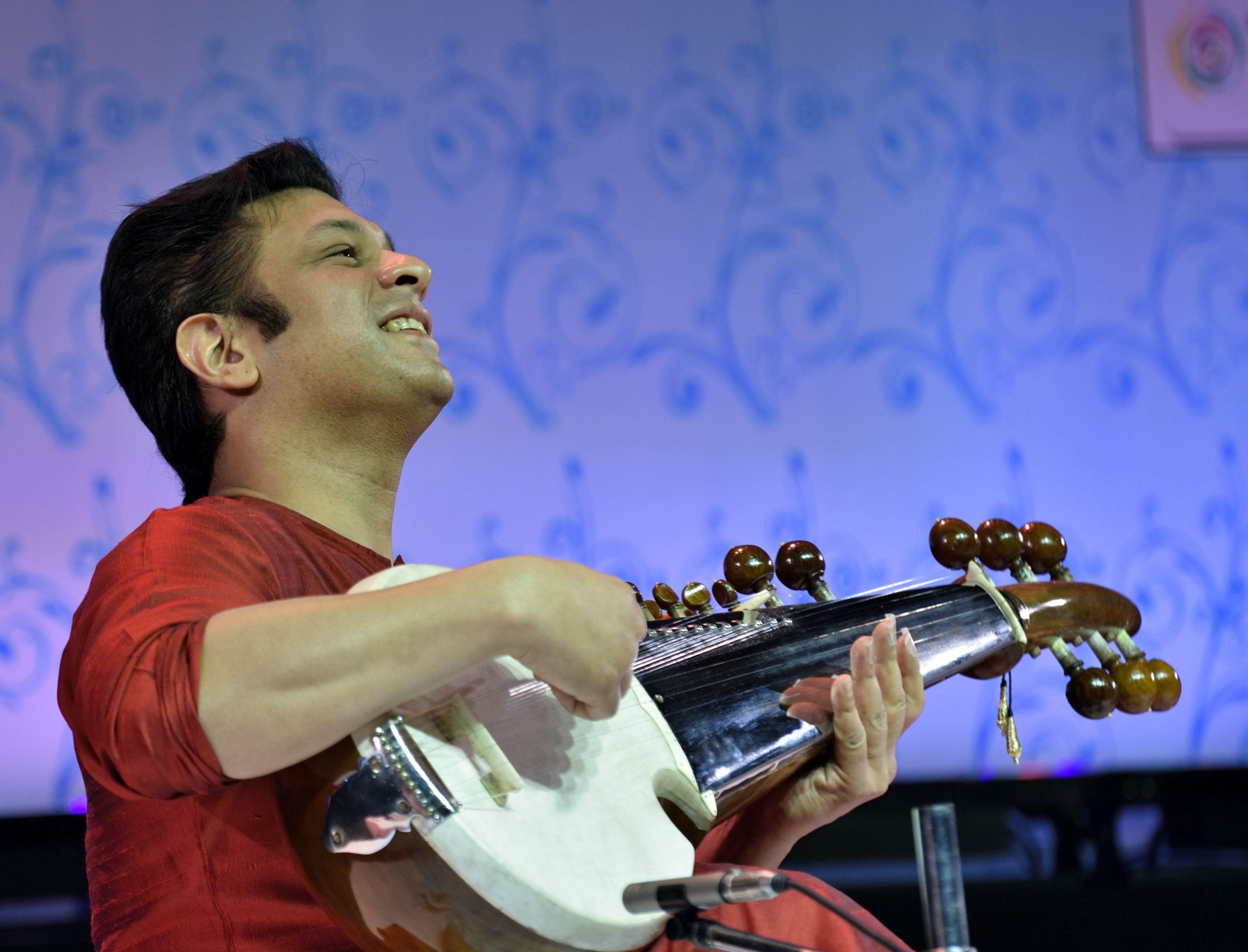The literary retreat at Nainital over the first weekend of October was marked by passionate discourses and intimate sessions with celebrities
Clear blue skies. Lush green mountains. A slight chill in the air. This picturesque landscape transformed into a literary haven for readers and writers at the ‘Himalayan Echoes — Kumaon Festival of Literature and Arts’ in Nainital. And what better place to celebrate the voices of Kumaon than from the lap of the Himalayas themselves?
Hosted at the lawns of Abbotsford, the 140-year old ancestral home of the festival director, Janhavi Prasada, the festival couldn’t have been set in a better locale. Antique tables, chandeliers, engraved mirrors, textured wooden walls, shelves stacked with books, a regal piano, a Carvaan music player, the summer house is complete with French windows that opened to the green lawns of the summer house.
Decked with colourful Tibetan prayer flags, the two-day festival opened with an outreach session for the Tibetan community of Nainital with renowned author Patrick French in conversation with Tibetan government-in-exile President Lobsang Sangay. Also present were local community heads and luminaries all dressed in their traditional costumes. Sangay dedicated this year to India and thanked the beautiful state of Uttarakhand.
Focusing on the themes of environment, conservation, wildlife, sustainable living and regional literature, the festival emerged as a platform for some meaningful talk, deep impact and long-lasting friendships with literature, nature, art and culture to bond over.
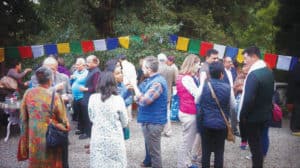
Setting it apart from other festivals, the audience is select, not more than 300. This translates into an intimate and inclusive festival that encourages interaction among the festival goers. “Nestled between mountains, this is a very intimate space. Ruskin Bond, Rabindranath Tagore — mountains are the best place for inspiration. It provides the most suitable environment for this kind of a gathering,” says Rudy Singh, author and member of the Nainital Book Club.
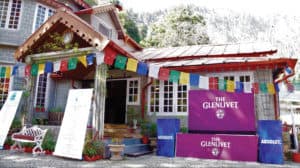
The informal tone of the festival allowed the audience to actively participate during the sessions and chat with the speakers over tea and lunch breaks.
Adding to this chatter, celebrated columnist Shobhaa De gave a tongue-in-cheek comment when asked about her reputation as a controversial queen. “It’s better to be a queen of something than not being a queen at all,” she said, drawing applause from the audience. Hinting at writing another raunchy book, she talked about bringing topics like sex into polite conversations.
The second day of the festival witnessed noted litterateurs like Stephen Alter, Anuradha Roy, Pavan K Verma engaging the audience with their sessions. Another session on recycling by Ita Mehrotra of Art Reach saw active participation from the audience, which included sharply dressed students from schools, who wowed the audience with their sharp questions. Art Reach organised a programme for Himalayan Echoes with 12 students from local municipal schools and worked with them for five days, collecting junk items and made a creative installation which they called ‘Kabadpur — a City from Waste.’
Distinguished mountaineer and long-time editor of Himalayan Journal Harish Kapadia caught the attention of audiences as he shared anecdotes of mountaineers in the session on his book, “Legendary Maps of the Himalayan Club”. A veteran in the hills, he has explored the Himalayas for more than 50 years now. He highlighted the importance of sketch maps for trekkers and traced the evolution of mind maps, human maps and prayer maps. “Any festival in the mountains are important because the people attending are really interested as they have invested a lot of time and money,” Kapadia adds.
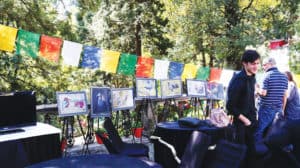
Keeping in mind the changing trends of reading habits with the younger audience, Viky Arya’s audio book of short Hindi poems, Angad Mein Ek Ped was well appreciated by every festival goers. As she read out her poems, her voice echoed in the hills, leaving the audience enthralled.
Apart from the sessions, stalls selling local candles, books and paintings drew quite a crowd in the festival. An exhibition of photographs of local birds by Strabo Pixel Club was also put up at the festival.
For some, the best part of the festival was undeniably the authentic cuisines which left the festival goers yearning for more. From Kumaoni style slow-cooked meat and fish to the mouth-watering desserts, one couldn’t help asking for extra helpings of the dishes. Food historian Pushpesh Pant lauded the efforts of Prasada family and was amazed with the preparation of Kata Gali Machli, fish slow cooked till the bones almost dissolve.
The cold evenings marked with bonfires was filled with music and shayari, creating an infectious energy that pulled everyone into the dance floor.
Set in one of the most scenic backdrops in the Himalayan foothills, the festival hopes to expose to the youth the regional literature and culture which is getting lost fast. As the saying goes, “Pahad ki paani aur pahad ki jawani kabi pahad ki kaam nahi aati.” (The water of the hills goes downhills and so does the youth of the mountains in search of a better life).



